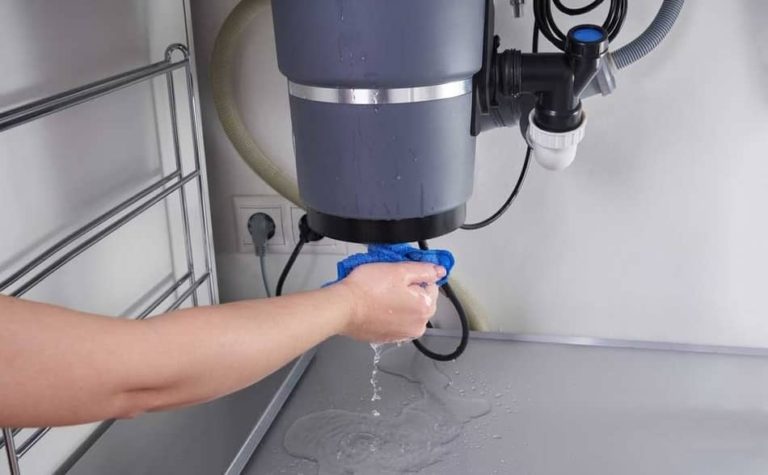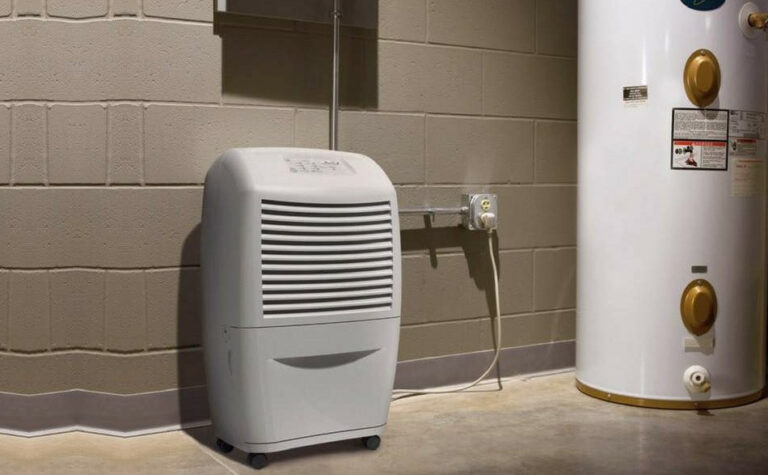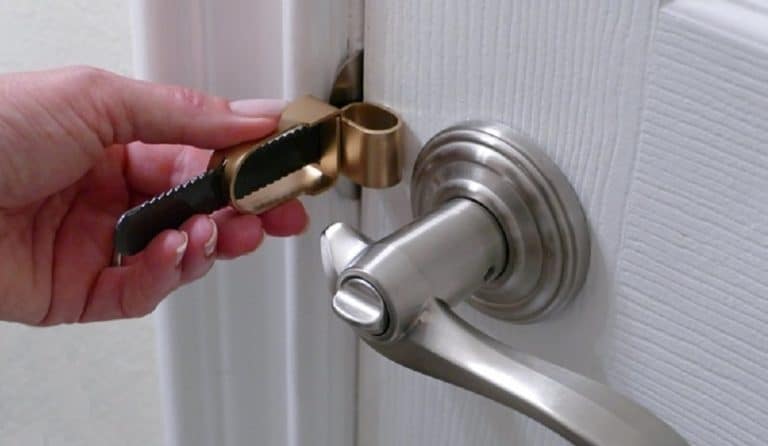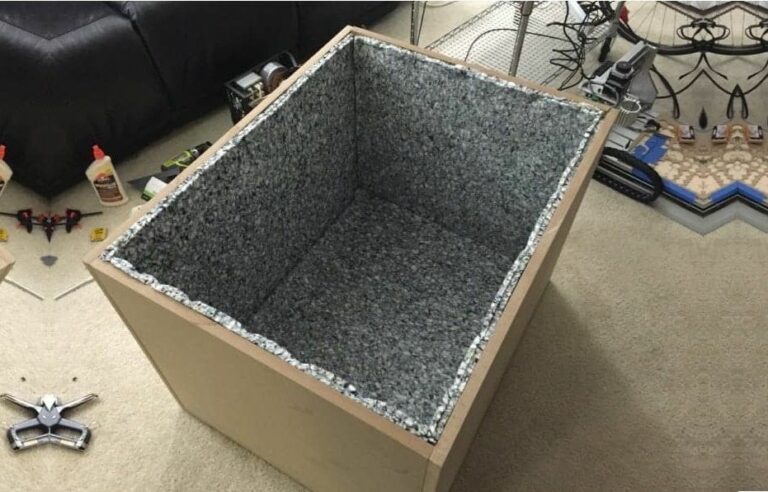Does Peeing In The Sink Save Water?

While this topic can raise eyebrows, peeing in the sink is something some men do, often justified by the belief that it helps save water. This strange habit sparks curiosity and asks many questions about its environmental impact and practicality.
Is peeing in the sink truly an effective way to save water, and is it good for home hygiene and health in your bathroom? In this article, we will delve into this topic, exploring how much water you can save by peeing in the sink. So, let’s start!
Does Peeing In The Sink Save Water? Yes, peeing in the sink can save water. When compared to flushing a toilet, which uses 1.6 gallons (6 liters) per flush, flushing a sink uses around 0.3 gallons (1.13 liters) per flush, which also includes hand washing. In short, peeing in the sink can save around 5 times less water than the toilet.
Peeing in the sink will save you around 48 cents monthly. Although this gesture can save a small amount of water (around 200 gallons per month), there are bigger problems regarding the consequences that peeing in the sink can bring in the long term. If the individual is not careful with this habit, it can splash things like toothbrushes and toothpaste. In the next section, we’ll talk more about this.
Related Article: Is Peeing In the Sink Safe? Expert Explain
Table of Contents
How Much Water Can You Save By Peeing In the Sink?
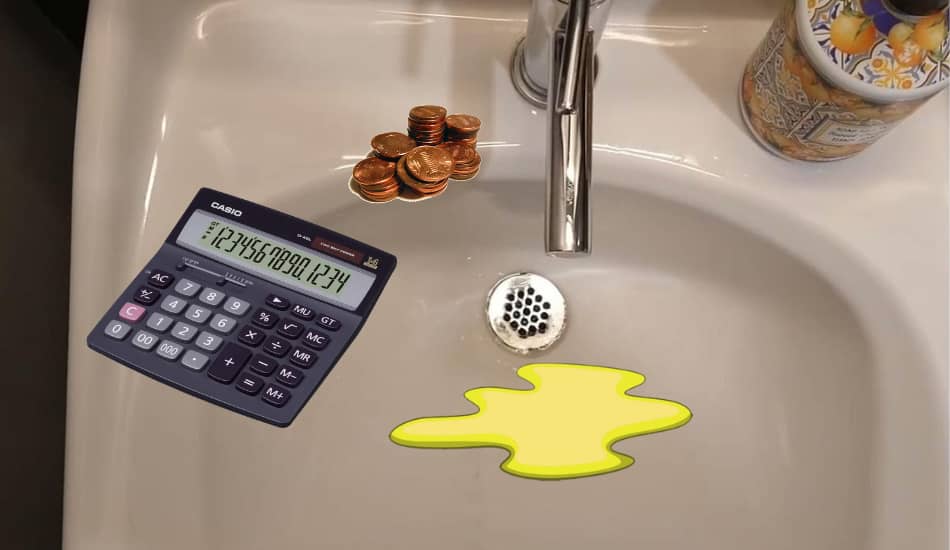
The toilet uses about 1.6 gallons (6 liters) per flush, while the average water consumption after you pee in the sink is about 0.3 gallons (1.13 liters), which also includes hand washing.
Therefore, peeing in the sink uses about 5 times less water than the toilet. But the question still arises as to whether this data can tell us how much money we can actually save at the end of the month.
The average person uses the toilet 5 times a day. So, the toilet then consumes around 1.6 gallons per flush, which leads to 8 gallons per day or 240 gallons (908 liters) per month. The average price of 1.6 gallons per flush costs 2 cents, whereas 240 gallons per month will cost us about $3.5
So, if we use 0.3 gallons (1.13 liters) of water every time we pee in the sink and use the sink 5 times a day, we will consume 45 gallons (170 liters) of water per month, which amounts to 48 cents per month. This is not that much because we have to remember that it is not hygienic to pee in the sink.
Calculation:
- By using the toilet 5x per day, we will consume about 240 gallons (908 liters) of water, which will cost us $3.5 per month.
- By using a sink to pee 5x per day, we will consume 45 gallons (170 liters) of water, which will cost us $0.48 per month.
Is It Worth To Pee In The Sink To Save Water?
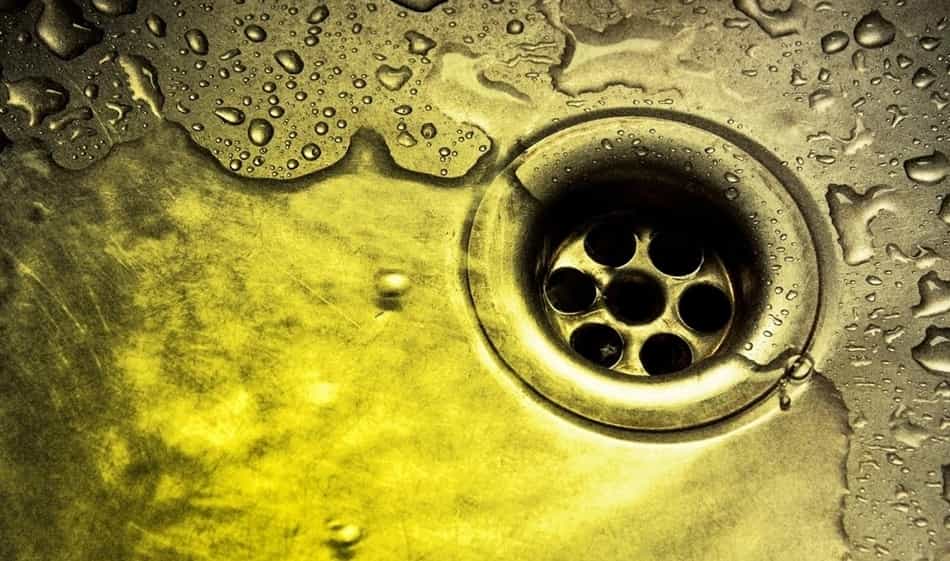
No, it’s not worth peeing in the sink. While peeing in the sink does save some amount of water (around 200 gallons per month) compared to using a toilet, the actual financial savings at the end of the month are quite minimal. When comparing the water consumption and costs between using the toilet and the sink, the difference in savings amounts to just around $3 per month.
Additionally, the hygiene and sanitation concerns associated with peeing in the sink are significant factors to consider. Maintaining a clean and healthy living environment is crucial, and the potential risks to cleanliness when peeing in the sink might not justify the modest water and cost savings achieved.
What Are the Disadvantages of Peeing in the Sink?
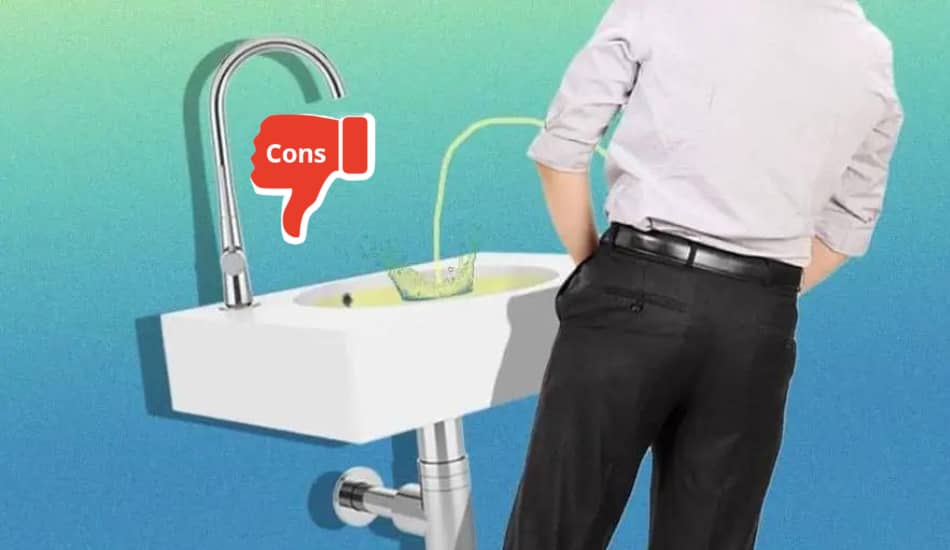
While it’s true that peeing in the sink might help when it comes to saving water, it’s important also to weigh the potential downsides that might come from this practice. It’s crucial to evaluate the negative impacts it could have on your sink and whether it is the smart thing to do. Let’s delve into this:
- There’s a risk of creating a mess: Each time you pee in the sink instead of the toilet, there’s a chance you might accidentally splash urine on surrounding items such as toothbrushes, soap, or toothpaste. This is especially true at night when you might not be fully awake.
- Potential for spreading bacteria: While individuals who are healthy, maintain a balanced diet, and engage in regular physical activity might have urine that is generally sterile, this isn’t the case for everyone. Some people might have urine that contains bacteria or parasites. When using the sink as a urination spot, these harmful microorganisms could potentially spread, posing a health risk to others.
- Unpleasant urine odor: If the sink isn’t properly cleaned after each use, the smell of urine could linger, leading to an unpleasant odor in the bathroom. This is something most people would want to avoid, as it could create an unwelcoming environment in a space that should be kept clean and fresh.
It’s important to carefully consider these factors before using the sink for urination, ensuring that hygiene and cleanliness are not compromised.
Related Article: Can I Pee In The Sink? Plumber Explain
FAQ: People Also Ask
Can you save water by peeing in the sink?
Yes, peeing in the sink does save water compared to flushing a toilet, as it significantly reduces the amount of water used per bathroom visit. However, the actual savings in water consumption might be minimal.
Does peeing in the shower save water?
Yes, peeing in the shower can save water. Suppose you compare the water used for a toilet flush, which ranges from 1.28 to 7 gallons, to the approximately 0.875 gallons used during a short extension of your shower time for urination. In that case, you can save between 0.405 and 6.125 gallons of water by peeing in the shower instead of using the toilet.
Does pee contaminate the water?
Yes, urine can contaminate water. The nutrients in urine, such as nitrogen and phosphorus, can become pollutants when they enter water bodies. In the United States, these nutrients often travel through wastewater treatment facilities and end up in rivers, lakes, and bays, which can lead to harmful algal blooms (HABs).
Final Thoughts
In short, peeing in the sink can save water, which is around 200 gallons per month. When you compare the amount of water used for a toilet flush to that of running the sink briefly, the sink option tends to use less water. This could benefit only those who carefully watch water consumption. However, it’s crucial to balance this with hygiene practices to ensure a clean and safe bathroom environment.
Remember, every small action counts when it comes to saving resources, but it’s important to find a method that works best for you while maintaining cleanliness and hygiene. I hope this article has helped you, and if you have any other questions, feel free to comment below.


